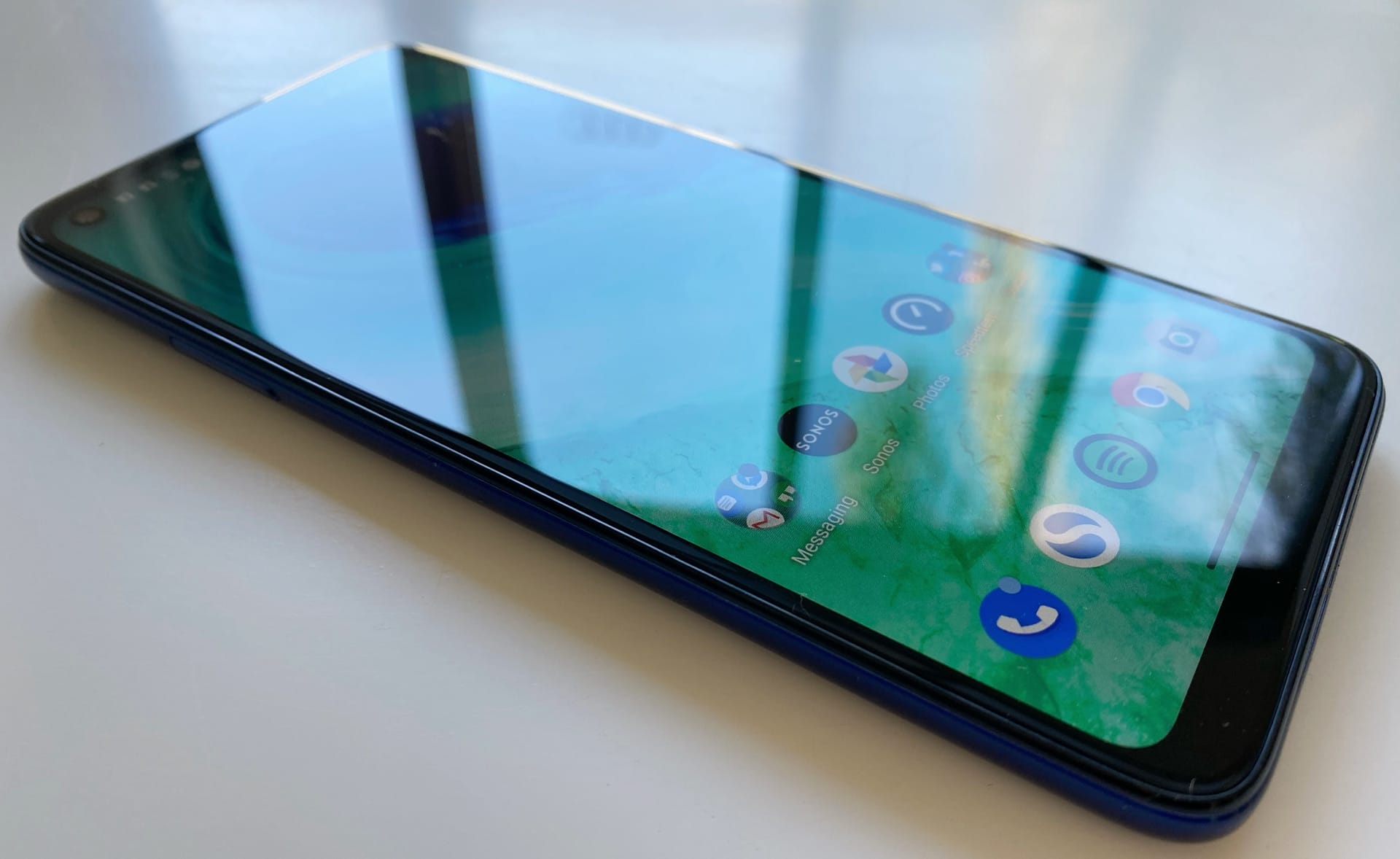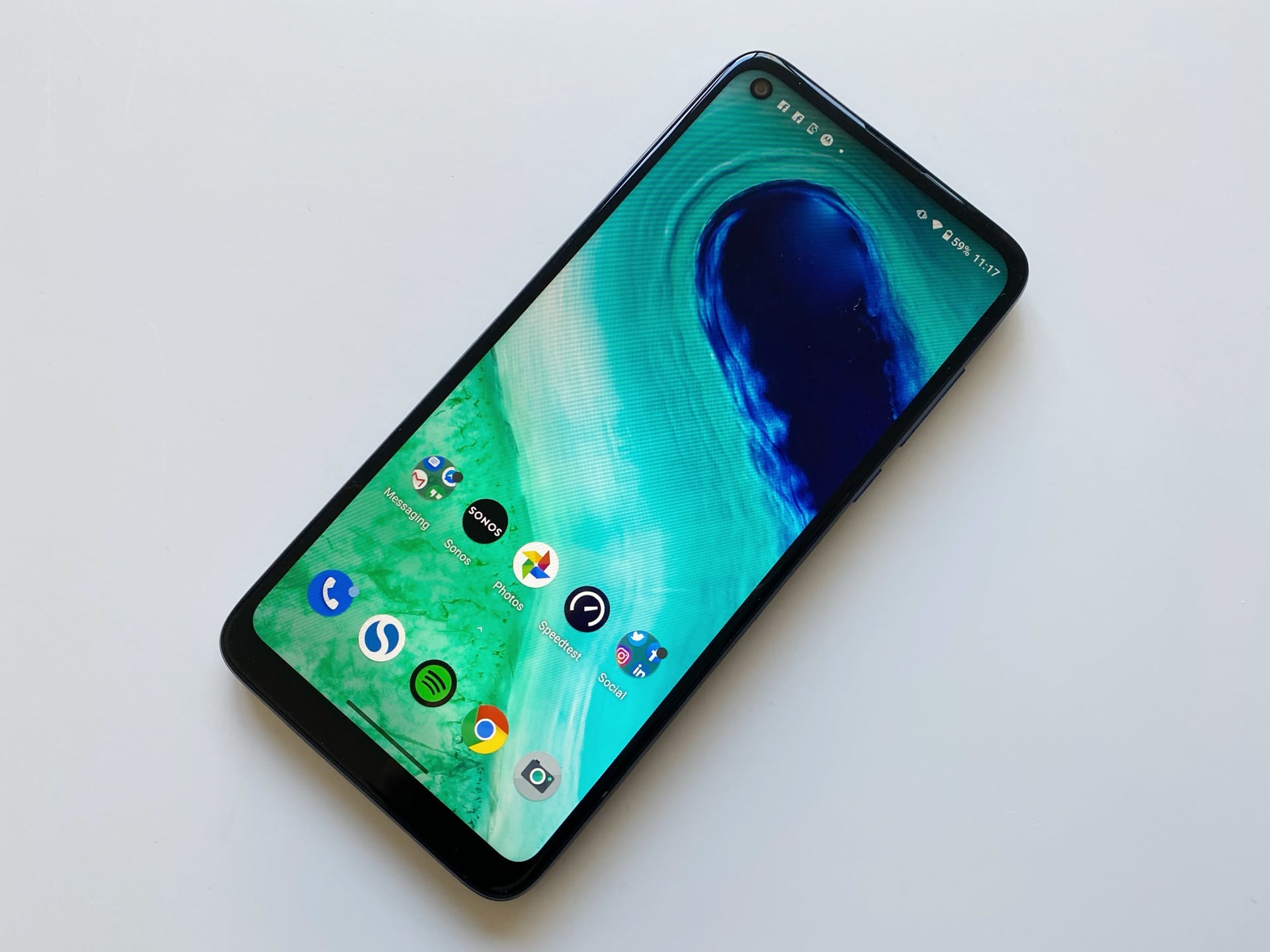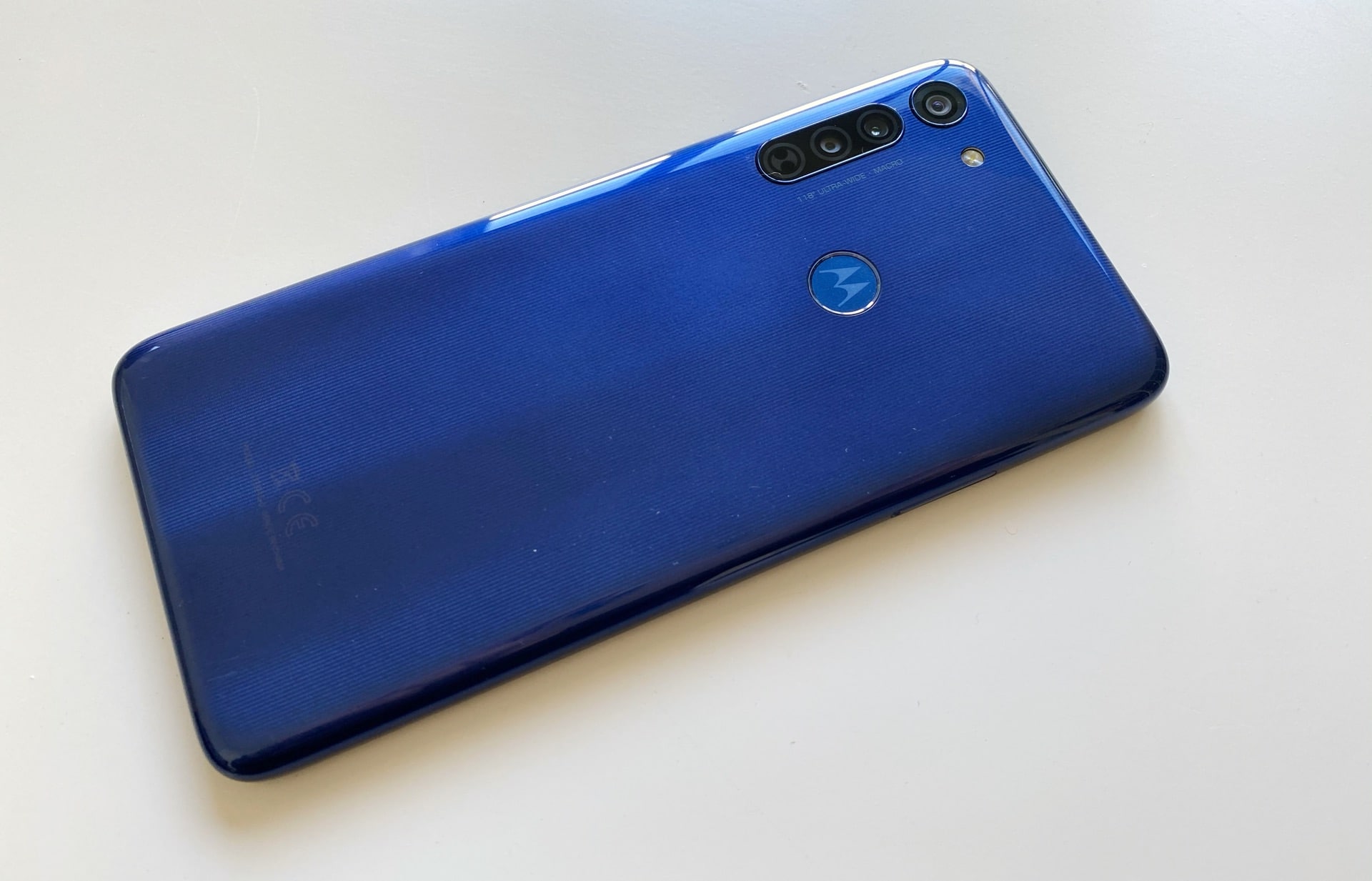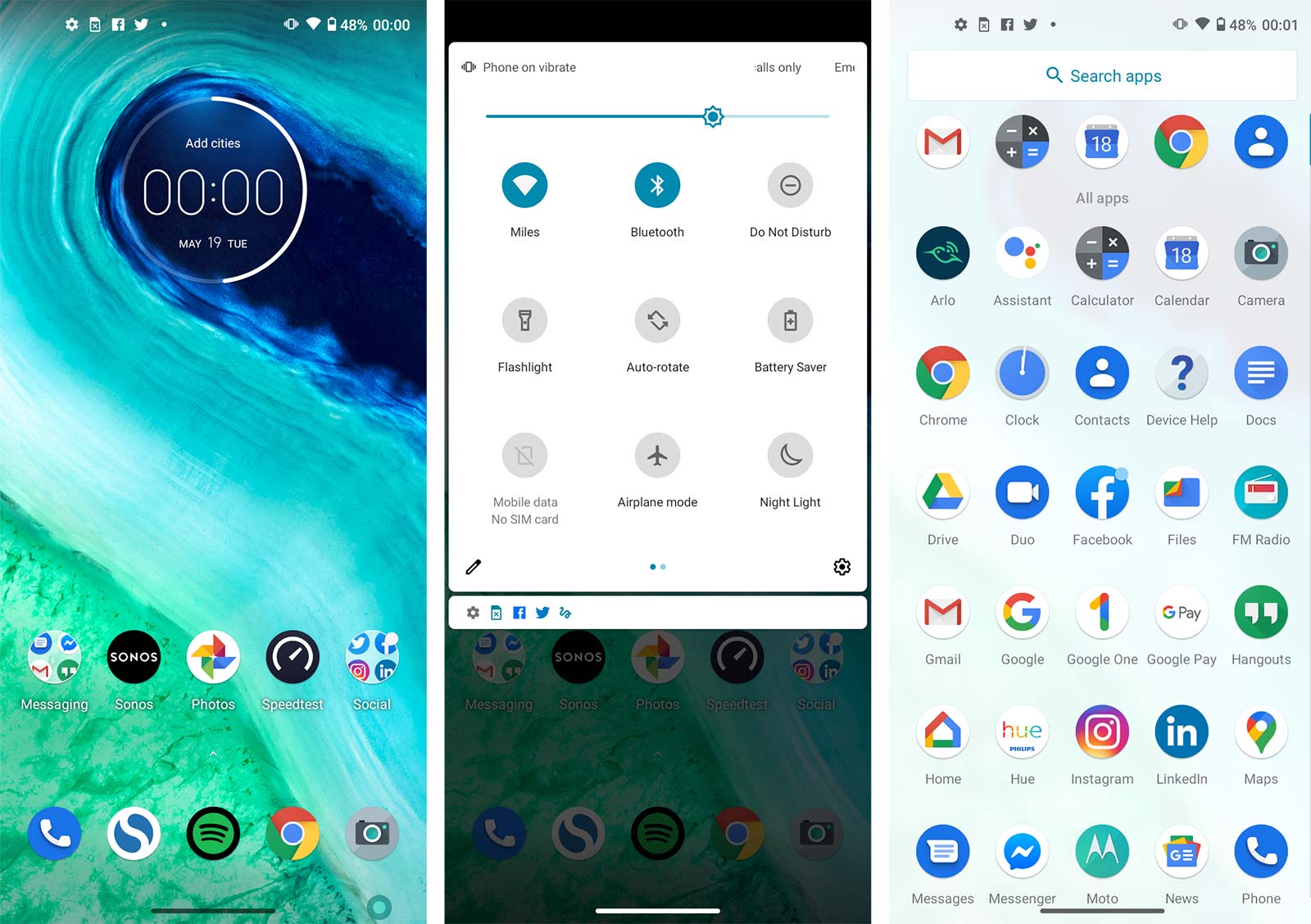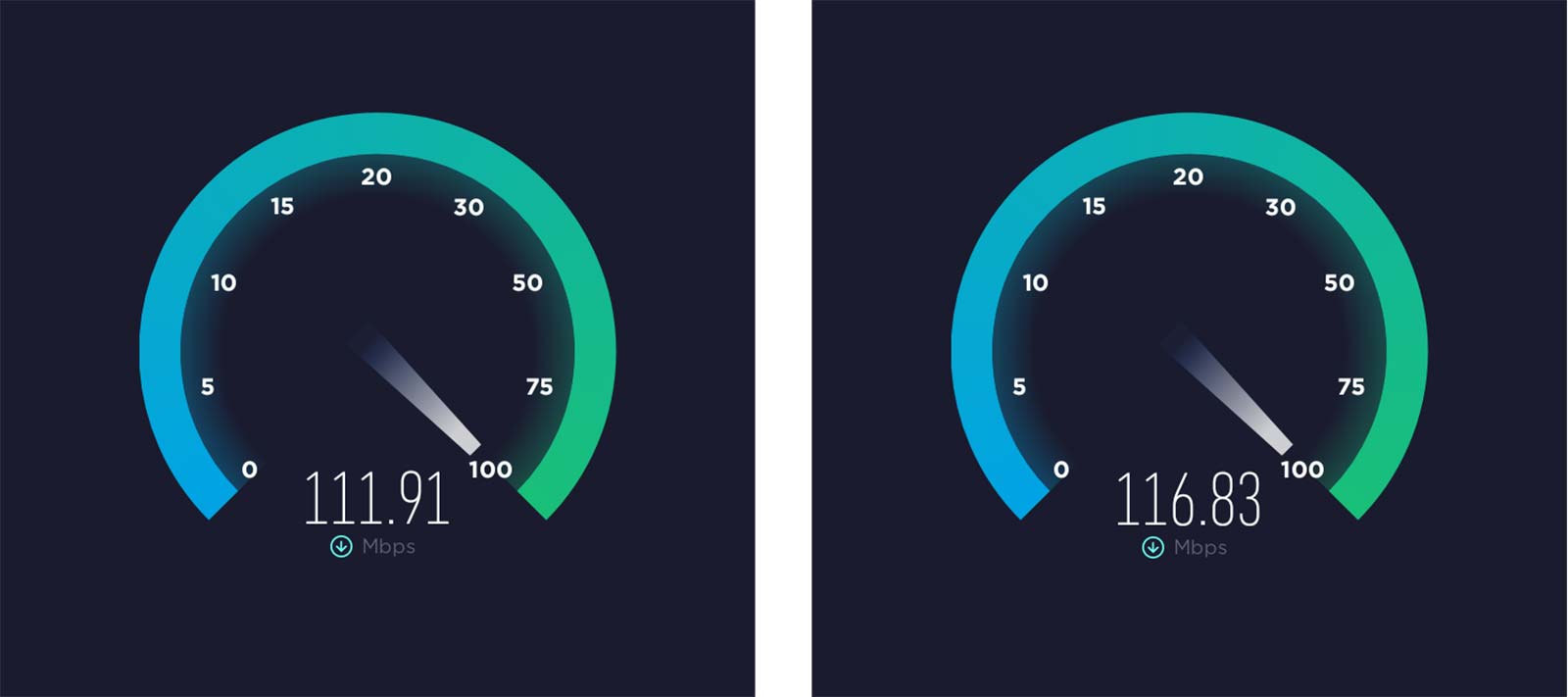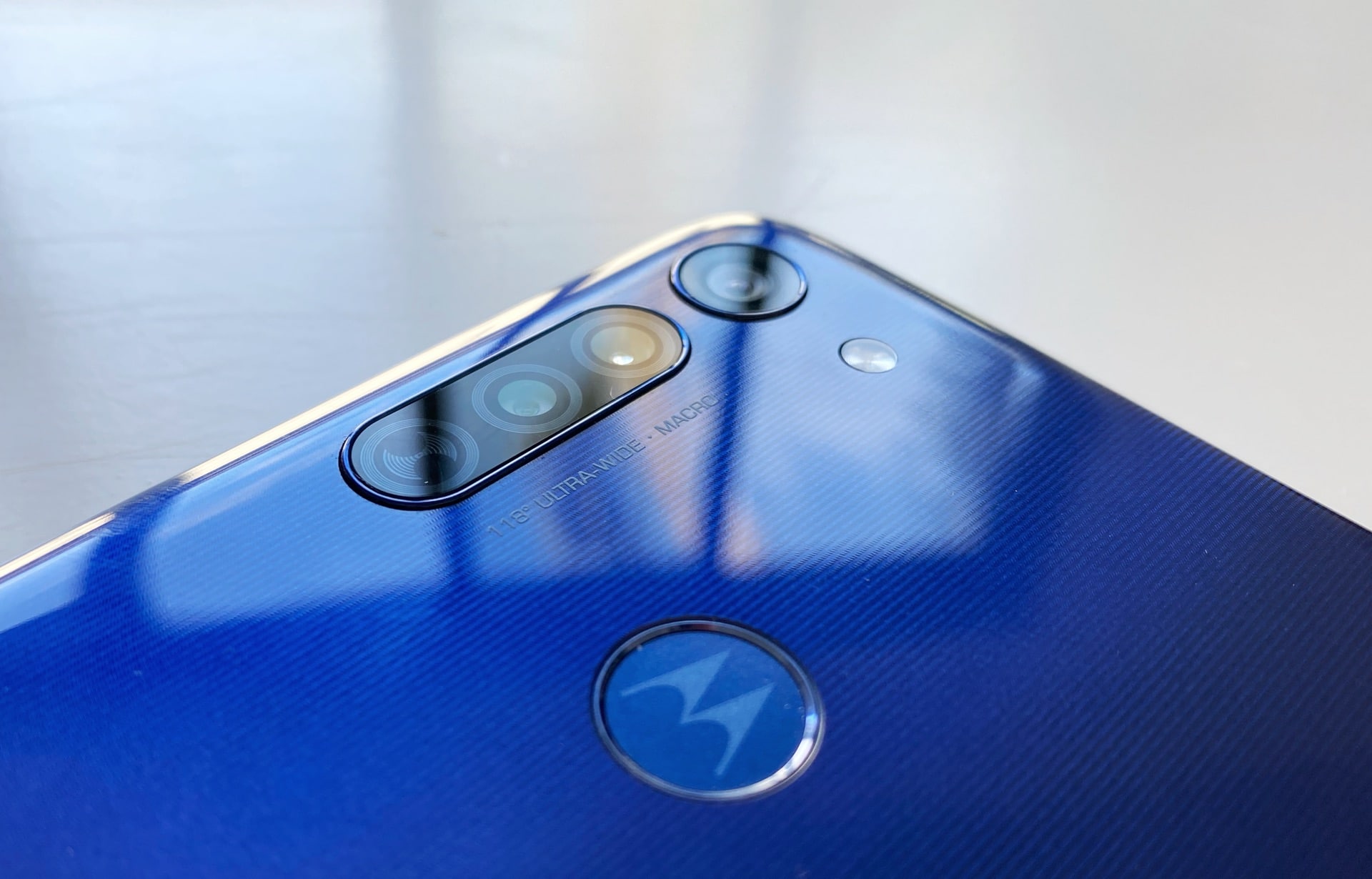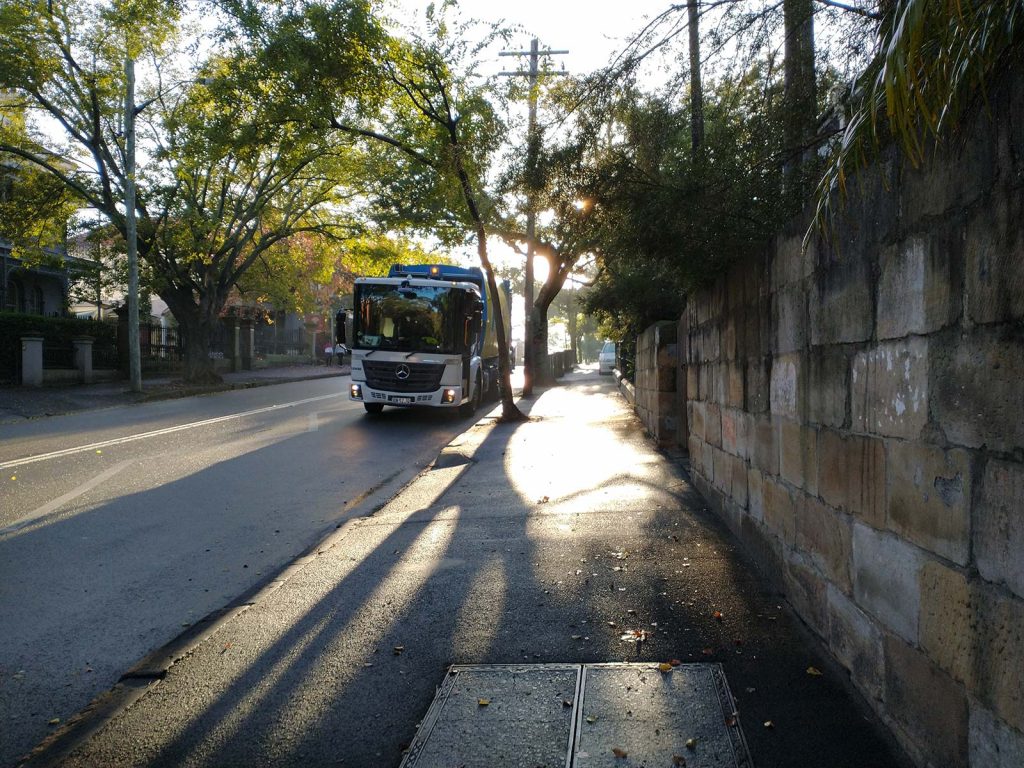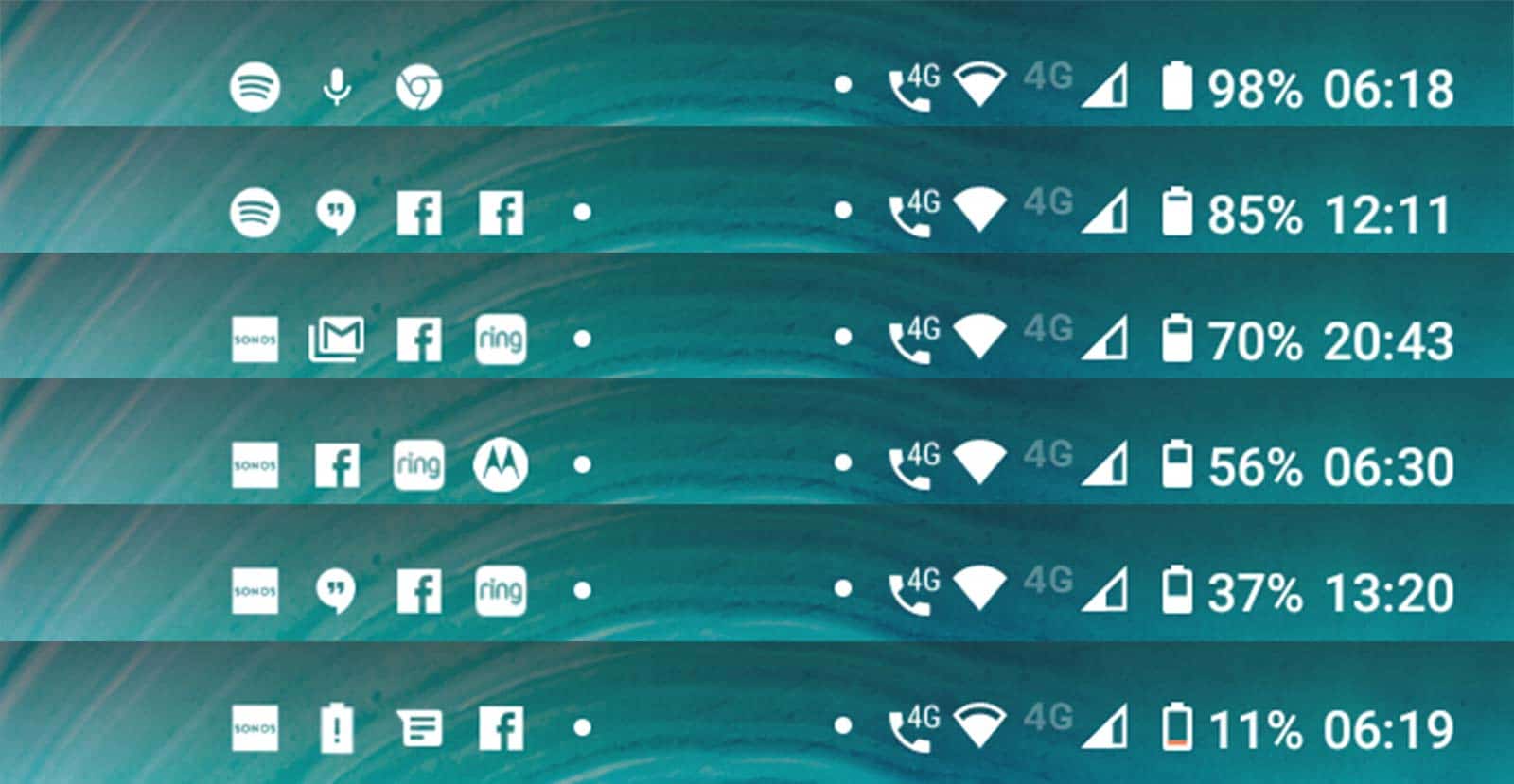Quick review
The good
The not-so-good
Motorola’s mid-range phone is back, and this year, it’s bringing three cameras and water resistance. At $329, is the Moto G8 solid value worth considering, or could you do better by looking around?
Design
First, let’s tackle design, with yet another big screen phone and a punch-hole look for the front-facing camera. It’s a look that’s entirely familiar because nearly every major phone is doing it, but it’s a flagship-style of design from last year not far off the Samsung Galaxy S10e, except with the punch-hole camera on the left side, not the right.
The back is plastic and shiny and blue, with a three camera system on the back dotting down the left side, complete with a Motorola “M” that also acts as the fingerprint sensor, handy given it’s roughly where you’ll grip.
Features
Motorola’s latest attempt at the mid-range, and the entry-level of the mid-range at that, the Moto G8 cuts things down from the premium with a Qualcomm Snapdragon 665 processor paired with 4GB RAM. You’ll find 64GB storage alongside this, and room to move with a microSD storage slot, too.
Google’s Android is on the phone, of course, with Android 10 available on the Moto G8 out of the box.
You’ll find three cameras on the back of the G8, applying that 2020 mid-range formula of multiple cameras to what you can expect, with a 16 megapixel standard wide camera set to F1.7, an 8 megapixel ultra-wide set to F2.2, and a 2 megapixel macro set to F2.2. On the front, Motorola has opted for an 8 megapixel F2.0 camera, found in a hole punch design, sitting in the top left corner and shifting the top row of the screen a little bit to the right.
For connection options, you’ll find 4G, Bluetooth, and GPS, while WiFi is set to 802.11a/b/g/n. Near-Field Communication (NFC) is not included, however Motorola has included a 3.5mm headset jack alongside the Type C USB port for data and charging.
A fingerprint scanner can be found on the back, making the phone fairly straightforward to unlock.
All of this sits under a 6.4 inch screen sporting an HD+ resolution of 1560×720, a relatively low-end panel despite the massive size.
It sits inside of a plastic chassis sporting a degree of water resistance, set to IPX2, which isn’t much, but something, encasing a battery set to 4000mAh.
In-use
It’s been some time since Motorola was owned by Google, but in the time since, the company has retained its learnings.
On the Moto G8, Android is pretty much the way Google says it should be, delivering widgetised home screens, an app drawer, and the main Google screen to the very left of the home screen.
The good news is that if you like the way Android typically looks, you’ll probably like what Motorola is offering in the G8.
The bad news starts with the material and casing, which is very plasticky, largely what you’d expect for this price point, but prevents the Moto G8 from feeling a touch premium, even if the larger size can give off that impression.
Performance
Not helping the bad news is the performance, which isn’t a winning combination of specs as the hardware can result in some noticeable lags and slowdowns.
Armed with a mid-range Snapdragon and 4GB RAM, the hardware combination isn’t a super winning combination for Motorola, which does the job, but can really stall at times, exhibiting noticeable slowdowns.
The more patient types who don’t mind stretches of total reliability followed by the occasional return to efficiency will be fine here, but we were surprised to find this hardware combination didn’t result in more stability, and partially explains why we’re seeing memory amounts larger than 4GB in the mid-range.
Mobile performance is acceptable, as well, though again not the best you’ll find. On the 4G side of things you’ll find the performance acceptable for a mobile, though not necessarily the best in class. We found speeds as high as 119Mbps down, suggesting it’s a Category 4 4G device, offering speeds as high as 150Mbps.
That’s sure network-dependent, but we typically found speeds ranging between 60 and 100Mbps in our tests, which should be good enough for many.
Camera
The camera is where the Moto G8 feels like it should redeem itself slightly. After all, there are three cameras, and that’s an area where smartphone makers play aggressively these days.
In the Motorola G8, the approach is familiar in the mid-range, plus a touch of something else. You’ll find a standard wide camera, an ultra-wide, and then a macro camera, as that last one is a bit of something else.
Putting them to use results in different type of imagery, particularly when you decide to use them.
The standard 16 megapixel camera gives you the most flexibility, providing decent daylight shots plus a little bit to work with in portrait shots, offering a little more clarity than you might expect from a $300 phone camera to deliver, albeit not much more. In lower light, the camera begins to struggle, and really wants you to stay still, otherwise you can expect blur.
The same is true for the 8 megapixel ultra-wide, which is fine in broad daylight, but doesn’t seem all that useful at all when the lights dim, particularly when it’s properly dark and good luck seeing anything at all.
Finally, there’s that macro camera, which is a cute addition, at least until you realise it’s a 2 megapixel camera, and is about as useless as could be for sharing because the quality is so low.
You can get close to flowers and objects and other things, but the resolution is so poor, the results aren’t always going to offer my in the way of information or quality, so it’s largely not going to factor in how you use the Motorola G8 in the long-term.
Unfortunately by making the macro camera such a low megapixel value, Motorola has made what is an otherwise unique feature a gimmick with little real worth for any prospective buyer.
Battery
While the camera could do with a little more work, the battery exceeds expectations, achieving two days in our tests.
That’s a solid result from a phone, and though like all things, your usage may vary. Granted, our regular use has changed a little bit since COVID took hold and we shifted to a “work from home” scenario, but we’ve tried to paint the same picture we once did, and found Motorola’s G8 fared just as well, telling us you’ll get a full day with no problems, and may not need charging into the second, either.
Not too shabby.
Value
And neither is the price, because alongside that decent battery life, we suspect you’ll be fairly happy with the price, as the Moto G series retains its value proposition.
Carrying a recommended retail price of $329, the Moto G8 delivers a value proposition that’s hard to deny. Moto’s G-series has long been one of the company’s best value offerings, and the G8 delivers more of that.
In fact, at the beginning of where the “mid-range” is right now, the Moto G8 makes you feel good about spending less.
What needs work?
With solid value and a great battery life, you might be wondering what the Moto G8 struggles in.
Sadly, Moto’s latest mid-ranger misses out on at least one thing we expect phones in this price point to now have, especially since lower priced phones have been receiving it lately.
We are, of course, talking about Near-Field Communication or “NFC”, the technology needed to make Google Pay work, which is unfortunately missing in action here. That’s a genuine shame, especially given mid-range phones include it as a bit of a norm these days, and we’re even seeing it in phones below the $300 mark where the Moto G8 roughly sits.
It means if you want to pay for goods and services with the Moto G8, you’ll need to bring over a wearable sporting the tech, or strap your card to the back of the phone (and neither of these solutions are technically paying with the phone, either).
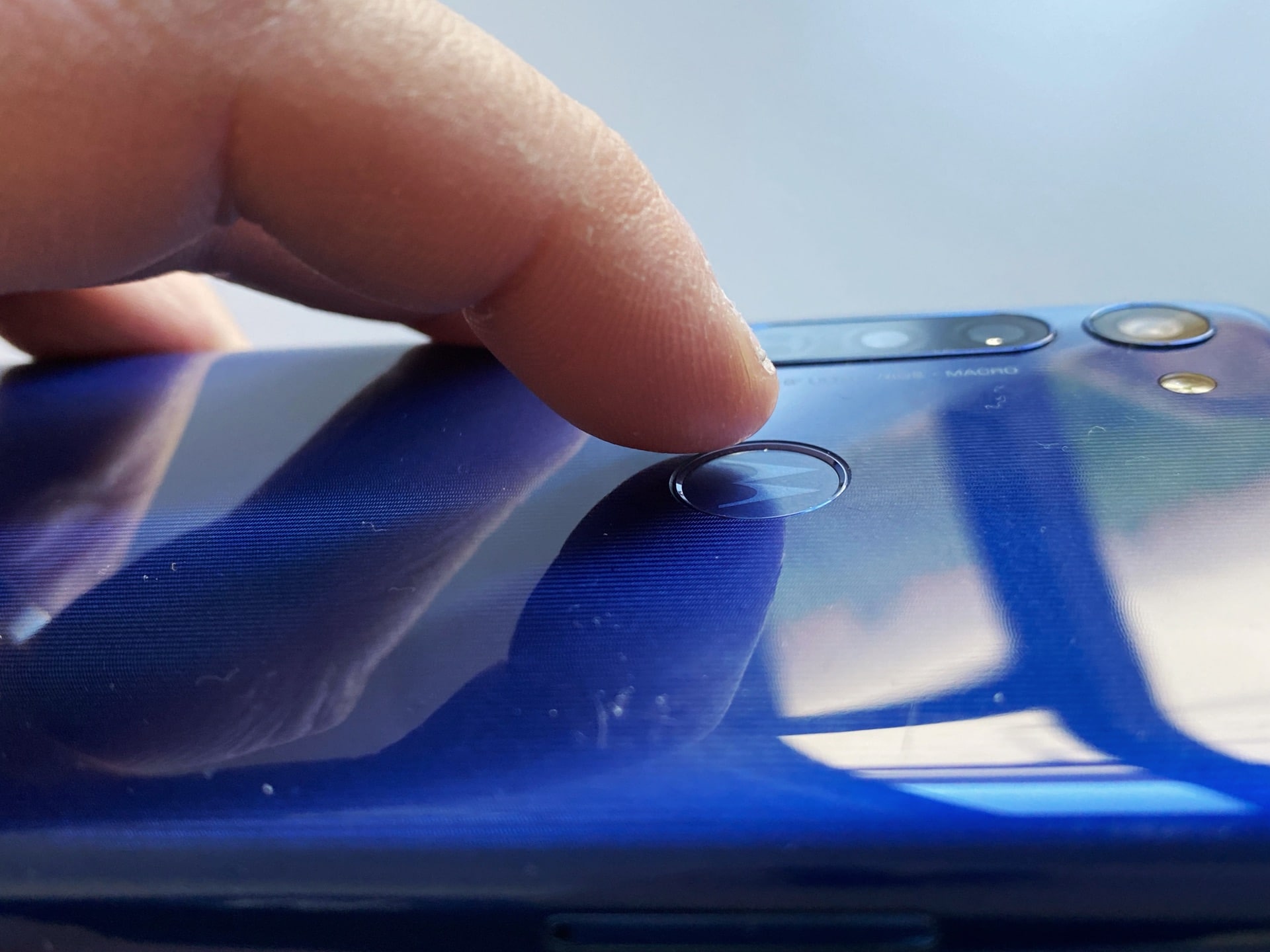
That lack of NFC is joined by a lack of wireless charging, a feature we could without, yet would be nice to see. No wireless charging is no surprise, as it’s typically excluded on phones below in the mid-range, and is missing on some in the high-end, as well.
We’d also prefer a faster camera, as the performance tends to lag a bit in the firing department. It typically means there’s a half second to a full second of lag between when you press the shutter and the camera fires, which may mean blur or the shot entirely missed. Time things a little and you’ll be fine.
That performance situation also extends to the phone overall, with the mid-range Snapdragon chip exhibiting noticeable slow downs and lag as you use the phone. Given the price, we’re not thoroughly surprised, though things could be improved.
Final thoughts (TLDR)
But if you’re a little patient, you’ll hardly notice the performance flaws, and if you don’t care about using your phone to pay for a burger or beer, and are perfectly happy with the card your bank gave you, things will be fine, too.
The Moto G8 is a mid-range done in a way that works, even if it misses on some areas where it should be better. For the price, it’s a phone that makes sense, and Motorola has even returned some of the water resistance missing from its G-series for the past few years. Finally, finally.
But on the other hand, the camera could be better in both quality and performance, there’s no way to pay for goods and services, and that water resistance isn’t really enough to count.
That’ll make the Moto G8 acceptable for many, but something that could be better. Maybe in the G9, we’ll see Moto deliver the perfect compromise. Right now, the Moto G8 is almost worthwhile, but just not quite there.



